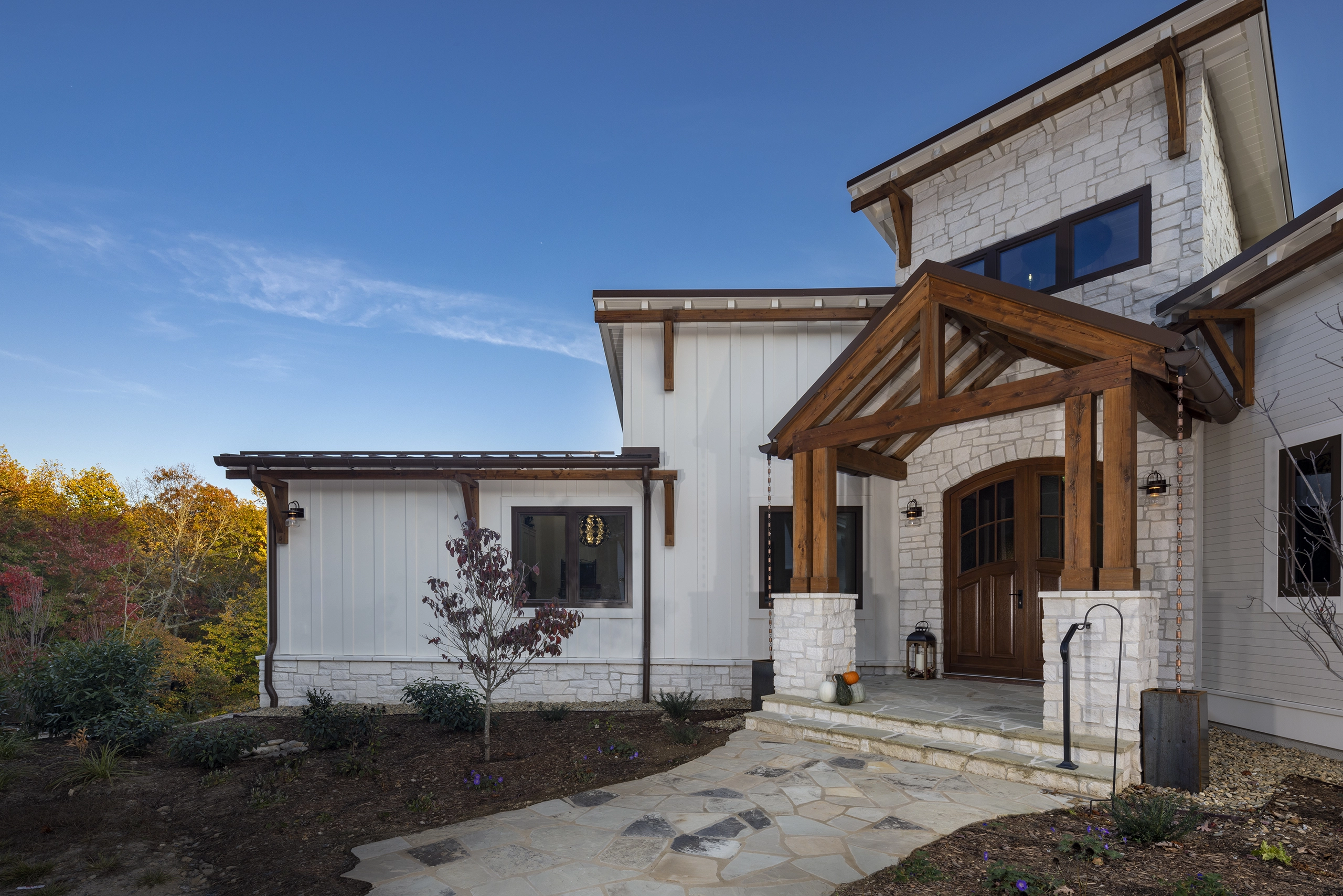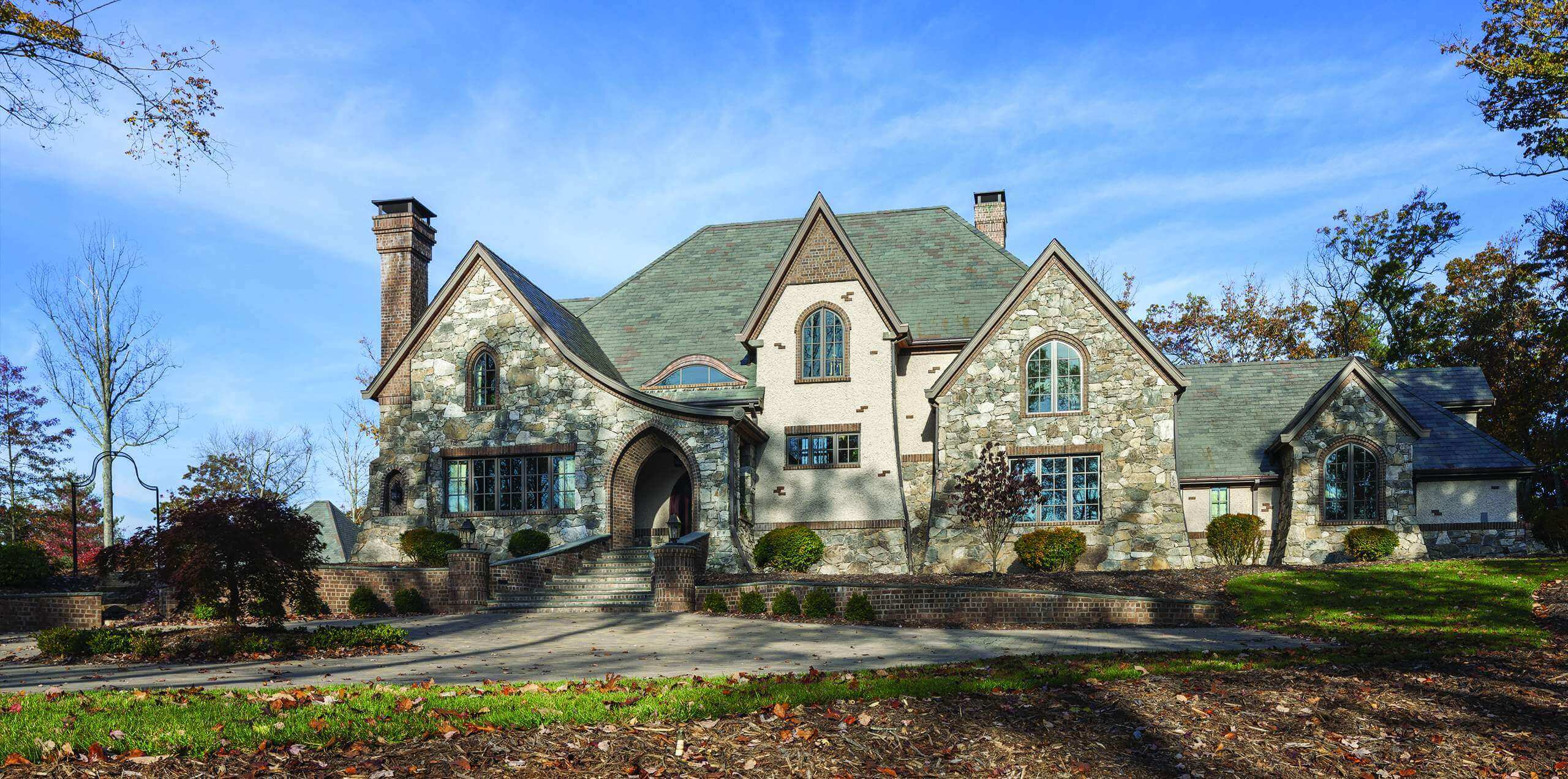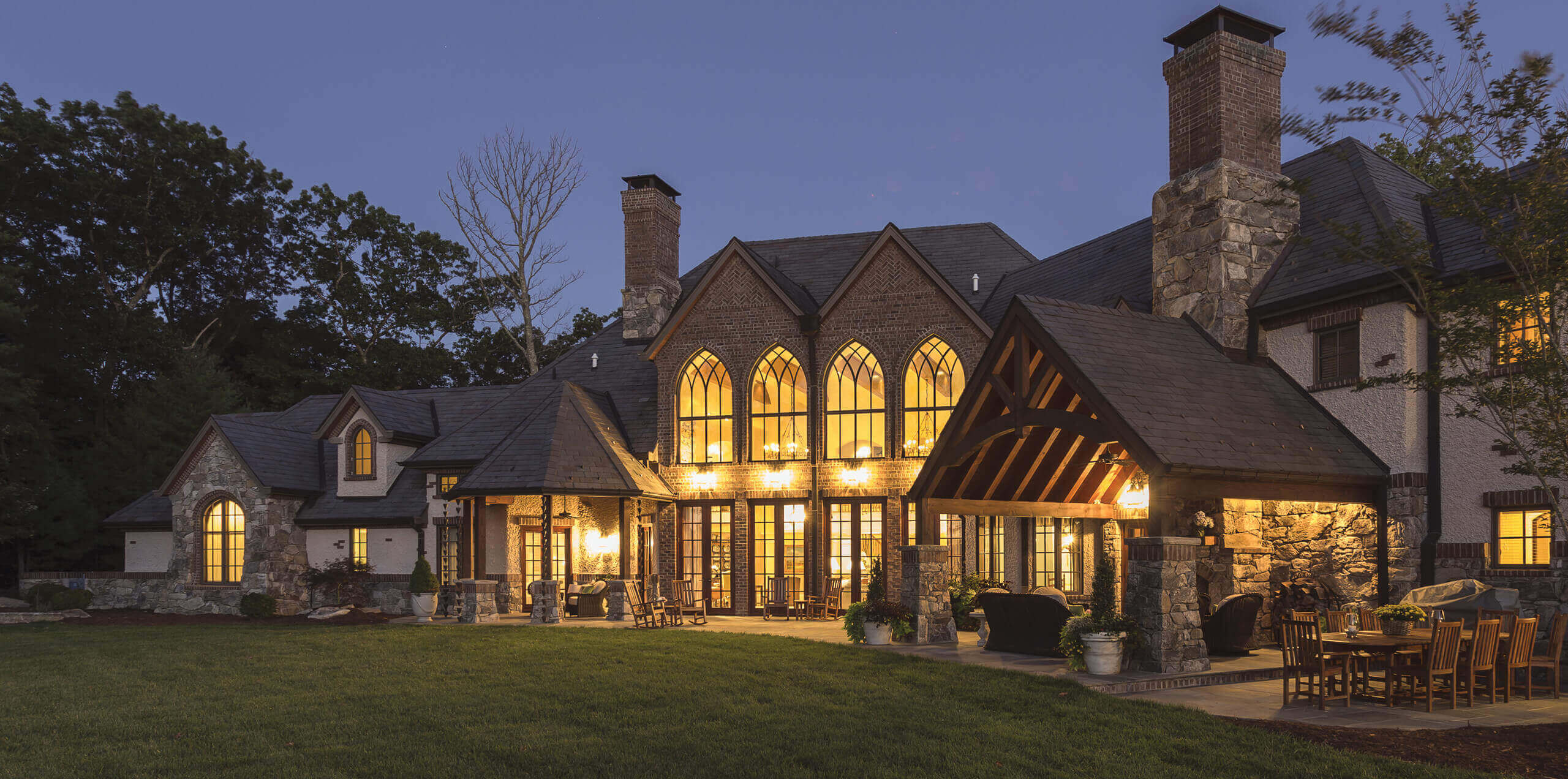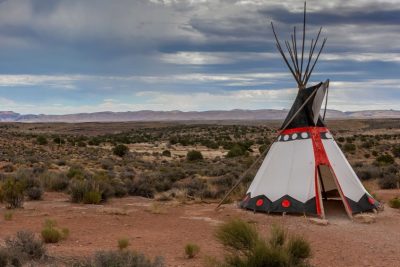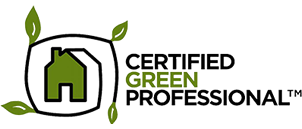As we near the Thanksgiving holiday and celebrate November as National Native American Heritage Month, we here at Brock Builders would like to honor the history of Native American sustainable home building. We’re passionate about all things green and sustainable, and we hope that this article might inspire you to consider sustainability in any of your Asheville home designs.
Thanksgiving is an American holiday that celebrates a meal shared between English colonists and the Wampanoag tribe in 1621. In modern times, Americans celebrate this holiday to honor the gathering of loved ones in the spirit of gratitude. As we settle in with those dearest to us this holiday season, let us also not forget the many things we have learned from Native Americans over the years, including their practices of sustainable home design.
Traditional Wigwam Houses
The Wampanoags, amongst many other Native American tribes, built dome-shaped plank board homes, also known as wigwams, to house their families. These completely sustainable shelters were built with wooden poles and covered with various kinds of straw, kelp, or bark. The interior of wigwams also included removable matts for additional comfort and warmth.
Traditional Grass Houses
Traditional grass houses were also typically made in the shape and style of a dome, with a sturdy material (like wood) to hold the frame. However, grass houses – as the name would suggest – were covered with various types of long prairie grasses. You may be surprised to learn that grass houses could be as tall as four-story buildings!
Traditional Wattle and Daub Houses
Similar to wigwam houses, wattle and daub houses were often built with a wooden frame, though sometimes cane or vine would be used as a substitute. The frame was then covered with clay or mud. Though practical, these houses took a lot of effort to build.
Modern Native American Sustainable Building
Sustainable home design isn’t just a thing of the past in the Native American community. There are many efforts still occurring in modern times to continue sustainable traditions in the modern era. Native American Sustainable Housing Initiative (NASHI) is a nonprofit, and is just one of several organizations, working on continued efforts for sustainability in housing.
Considering Your Custom Home Design Options
One thing that most Native American sustainable home designs had in common was the use of readily available materials from the local environment. As you explore what types of materials you want to use for your sustainable home design, consider how you can reduce your environmental impact by using materials that are naturally available in your local area. In this way, you are able to further cut down on greenhouse gas emissions and other troublesome environmental issues.
Of course, we here at Brock Builders are always happy to help in the planning and implementation of your custom home design needs. Give us a call today, and let’s make your sustainable housing dream a reality!


